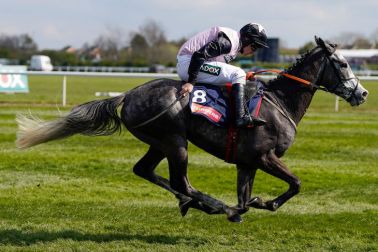
Bees do democracy best. They vote, you know. Not that they bother with anything as trivial as electing a new president. Nor do they worry about the colour of their ruler’s stripes. In the natural world of a beehive there are no unnecessary arguments about popular succession, no expensive lobbying or financial fuss. When election season comes, the question they vote on is simply this: where on earth to site a new nest?
Now what’s the most natural way of expressing an opinion? Let’s see… buzzing very loudly? But that might get a bit too noisy. Scribbling on a piece of paper? Not a bad idea — after all, it was a sister species of the bees that invented the world’s first paper — but then using up precious supplies of chewed-up wood is far too wasteful. How about dancing? Eureka! Shall it be the waggle or the round dance?
The system of range-voting used by bees is probably the most effective decision-making process ever devised. Finding the right location for a new colony is crucial for these creatures’ future well-being. Too exposed and their nest becomes easy prey for predators such as birds. Too far from good sources of food and the colony will starve.
So the bees dance. About 5 per cent scout out the best locations, return to the nest and divulge the co-ordinates of their prospective sites to the rest of their community in an elaborate jig. The other bees buzz off to take a look, coming back to dance with the bee they think has chosen the best site. After about two weeks (not two years) the bee with the most dancers wins, whereupon the colony relocates. Apparently they make the best possible decision about 90 per cent of the time.







Comments
Join the debate for just £1 a month
Be part of the conversation with other Spectator readers by getting your first three months for £3.
UNLOCK ACCESS Just £1 a monthAlready a subscriber? Log in